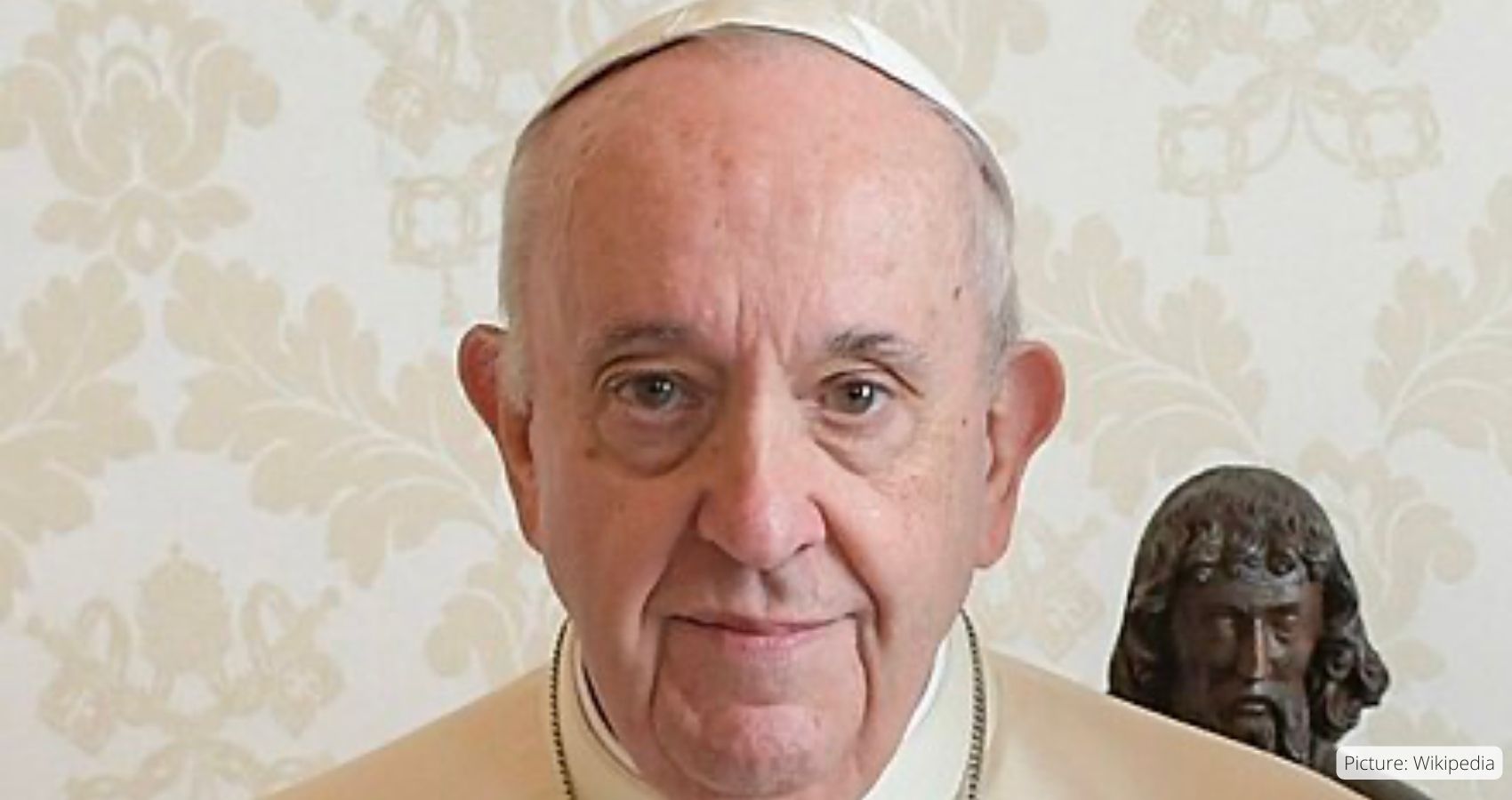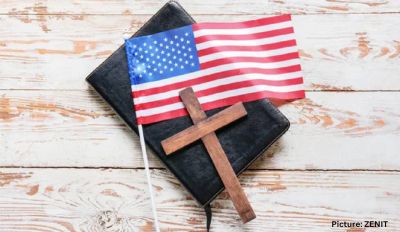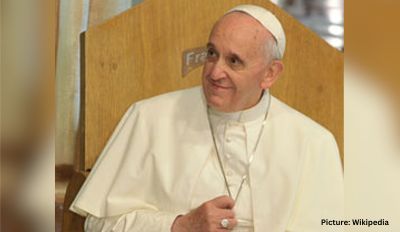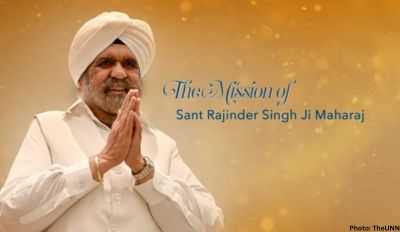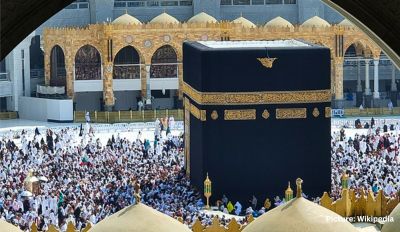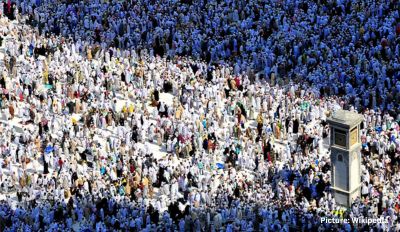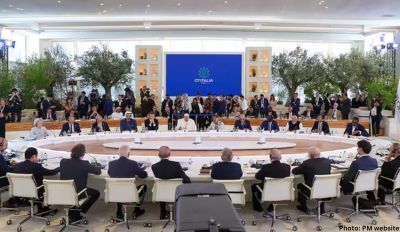Pope Francis, despite enduring respiratory issues throughout the winter, led approximately 60,000 individuals in Easter celebrations, emphasizing a call for peace in Gaza and advocating for a prisoner exchange between Russia and Ukraine. He conducted Easter Sunday Mass at St. Peter’s Square and offered a poignant prayer for global peace, particularly highlighting concerns for Gaza’s residents amidst ongoing conflict. Francis, speaking from the loggia, stressed the importance of peace achieved through dialogue rather than weapons. Despite his recent health struggles, the Pontiff’s active participation in Easter services, including the nighttime Easter Vigil, demonstrated his resilience.
In a gesture of goodwill, Pope Francis circulated in his popemobile, interacting with well-wishers after Mass, signaling his well-being despite uncertainties surrounding his health. His address, attended by approximately 60,000 individuals, underscored his commitment to global peace amid challenging times. A brief disruption during the service, when a religious icon fell due to a gust of wind, was swiftly rectified by ushers.
Easter Mass holds significant importance in the liturgical calendar, commemorating Jesus’ resurrection, preceding the “Urbi et Orbi” blessing, where the Pope traditionally addresses global crises. This year, Pope Francis directed his thoughts towards the conflict zones in Ukraine and Gaza, particularly expressing concerns for affected children. He made a fervent appeal for a ceasefire in Gaza and urged for humanitarian access to assist Palestinians, emphasizing the importance of international law.
The Pontiff’s recent health concerns prompted a cautious approach, with Francis refraining from lengthy speeches to preserve his well-being. Despite missing the Palm Sunday homily and reconsidering his participation in the Good Friday procession, his decision to conserve his health proved beneficial, enabling him to fully engage in Easter services.
In a parallel event, King Charles III of Britain’s public appearance at an Easter service in Windsor Castle served as a reassuring symbol of stability, amidst his recent cancer diagnosis. The monarch’s interaction with well-wishers highlighted a sense of continuity and hope during uncertain times.
However, in Jerusalem, Easter Mass attendance was notably subdued at the Church of the Holy Sepulcher, reflecting the somber atmosphere amid the ongoing Israel-Hamas conflict. The conflict has significantly impacted tourism and pilgrimage to the historic site, with Palestinian Christians facing restrictions in accessing Jerusalem.
In Gaza, Easter celebrations were marred by the grim reality of the conflict, with only a few Palestinian Christians gathering for Mass amidst the backdrop of displacement and destruction. Similarly, in Bethlehem, the traditional birthplace of Jesus, the festive spirit was subdued, with residents expressing sorrow over the lack of joy and normalcy due to the ongoing occupation.
Elsewhere, in Iraq’s Nineveh Plains, a region historically significant for its Christian population, Easter celebrations marked a symbol of resilience amidst past persecution by the Islamic State group. Despite dwindling numbers, Iraqi Christians gathered in large numbers to reaffirm their commitment to their homeland.
Overall, amidst global crises and conflicts, Easter served as a moment of reflection and resilience, with religious leaders and communities worldwide reaffirming their commitment to peace and solidarity.

